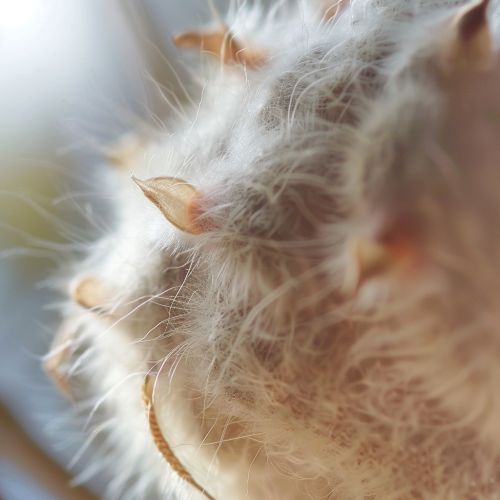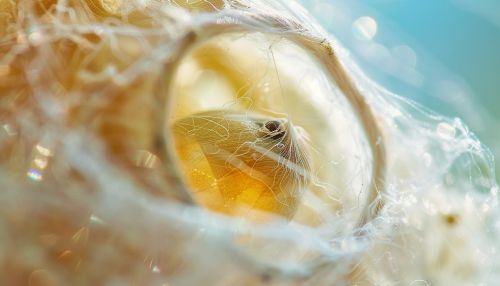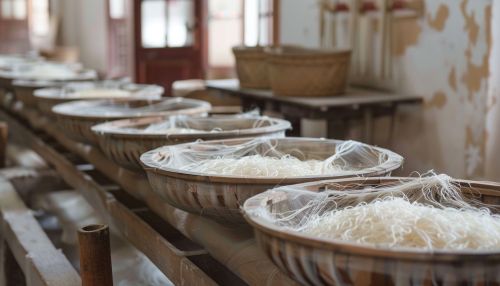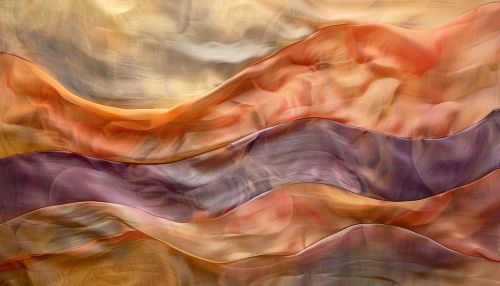Silk
History
Silk is a natural protein fiber, some forms of which can be woven into textiles. The protein fiber of silk is composed mainly of fibroin and is produced by certain insect larvae to form cocoons. The best-known silk is obtained from the cocoons of the larvae of the mulberry silkworm Bombyx mori reared in captivity (sericulture). The shimmering appearance of silk is due to the triangular prism-like structure of the silk fiber, which allows silk cloth to refract incoming light at different angles, thus producing different colors.


Silk has a long history in India. It is known as 'Paat' in Eastern India, 'Pattu' in southern parts of India, and 'Resham' in Hindi/Urdu. Recent archaeological discoveries in Harappa and Chanhu-daro suggest that sericulture, employing wild silk threads from native silkworm species, existed in South Asia during the time of the Indus Valley Civilization dating between 2450 BC and 2000 BC, while "hard and fast evidence" for silk production in China dates back to around 2570 BC.
Production Process
The process of silk production is known as sericulture. The entire process is divided into several steps which include raising silkworms and then harvesting the raw silk from their cocoons. After the raw silk threads are obtained, they are twisted together until a fiber of sufficient strength for knitting or weaving is produced. This is then dyed and made ready to be used in the production of silk products.


Properties and Uses
Silk's absorbency makes it comfortable to wear in warm weather and while active. Its low conductivity keeps warm air close to the skin during cold weather. It is often used for clothing such as shirts, ties, blouses, formal dresses, high fashion clothes, lingerie, pajamas, robes, dress suits, sun dresses, and Eastern folk costumes. For practical use, silk is excellent as clothing that protects from many biting insects that would ordinarily pierce clothing, such as mosquitoes and horseflies.
Fabrics that are often made from silk include charmeuse, habutai, chiffon, taffeta, crepe de chine, dupioni, noil, tussah, and shantung, among others.
Silk in Culture and Art
Due to its texture and lustre, silk has been considered a luxury and used extensively in the fashion industry. It has also been used in artworks, especially in Asian countries where the production of silk originated. In modern times, silk is used in various artistic endeavors including painting, and mixed media art.


